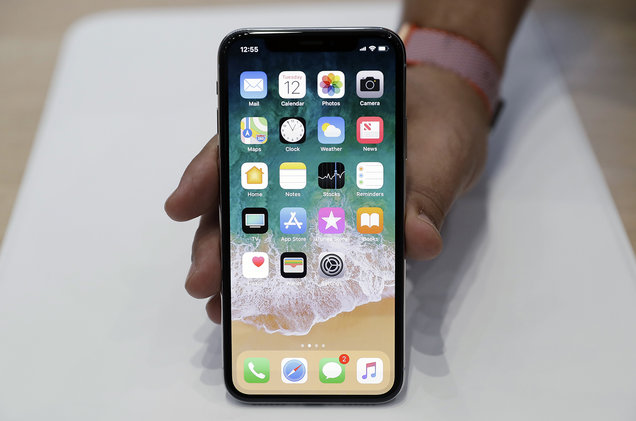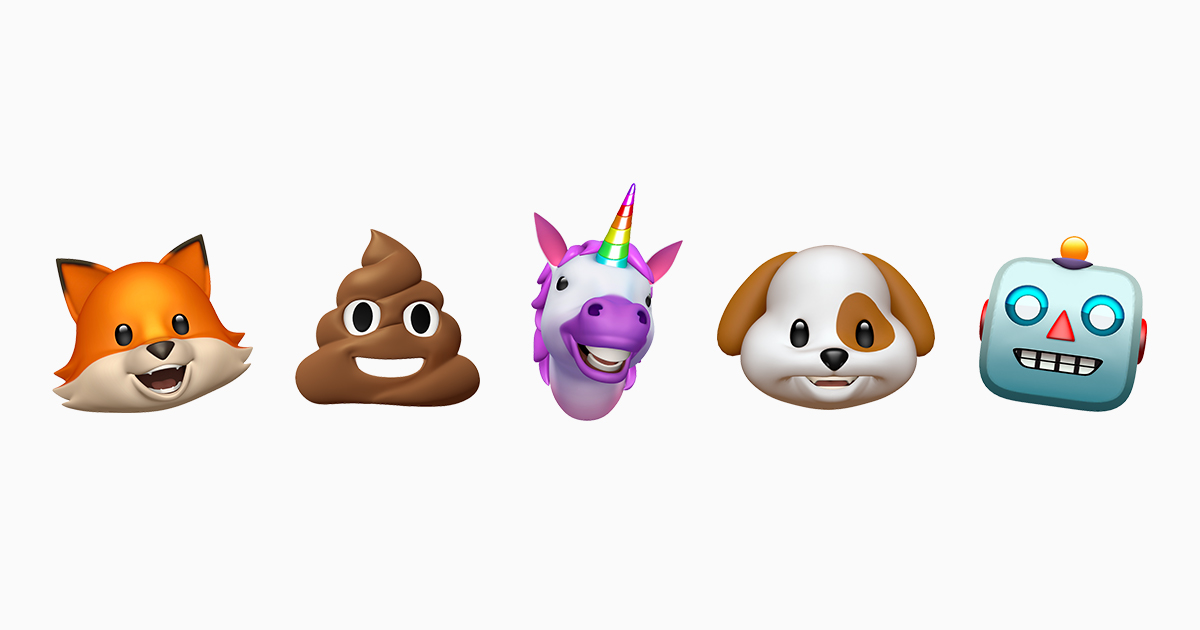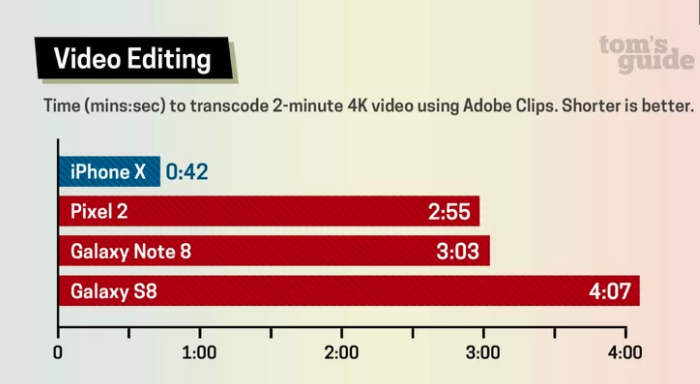Brand Development, Web Design, and Google Analytics Specialists
Experienced in SEM, SEO, Social Media, and Traditional Media
iPhone X vs Pixel 2 XL: Which One is Right for You?
Only the facts to help you pick the right smartphone for your lifestyle.
With the anticipated release of the iPhone X it has many thinking, is the crisp OLED screen and Face ID technology worth the hype and biting the $999 bullet? We’re looking past the hype and sticking to the straight up facts.
Now we haven’t personally tested the iPhone X and Pixel 2 XL, however we compiled all the important specs and testimony from journalists who have spent time with each phone. Thereby giving an unbiased view behind the hardware, design, and capabilities.
From there you can decide for yourself, are you team Apple or team Android?
The Specs You Need to Know
To the average smartphone user it’s difficult to fully grasp what the tangible differences are between the iPhone X and Pixel 2 XL. So we created this handy dandy cheat sheet for your reference, and even included the iPhone 8 as your cheaper powerhouse alternative to the shiny new toys in the market.
![]()
Design Differences
The iPhone X’s design is so beautifully crafted that if Steve Jobs were here today, he’d give it a standing ovation. Aesthetically, the Pixel 2 XL leaves much to be desired.
iPhone X: The notch, the section at the top of its display that holds the camera, has received a bit of flack for its encroachment into the screen. Despite the necessary evil that is the notch, the overall design is seamless, crisp, and a full 360 degree beauty. The back is made of glass to allow for wireless charging, and the stainless steel sides give it the grip it needs.

Pixel 2 XL: As is the case with the majority of Android phones, the overall design feels rather uninspired. It features a two-toned aluminum back with a satisfying grainy feel that’s sure to provide excellent grip.
![]()
Both chose to continue the trend away from a headphone jack, forcing users to adopt a wireless lifestyle or adapters (just don’t lose it!). Apple and Google’s phone’s use different charging cables. Lighting or wireless for iPhone, and USB Type-C for the Pixel.
OLED Comparison
Apple has finally moved to OLED, a feature Android beat them to when Samsung released their Galaxy S II.
iPhone X: Apple’s screen is a 5.8in display at an extra tall 19.5:9 aspect ratio, and at 2436×1125 (458 pixels per inch), it’s a step up from the already-crisp iPhone 8 Plus panel (a 5.5in 1080p LCD).
It’s an exceptionally bright phone, emitting up to 574 nits, which helps the iPhone achieve much wider viewing angles. Additionally, it offers more accurate hues; it registered a Delta-E score of 0.21 (0 is perfect).
Pixel 2 XL: Google has Apple beat on sharpness, with its 6in, 18:9 OLED display coming in at 2880 × 1440 (538 ppi). The brightness sits at 438-nit and registered a Delta-E score of 0.28.
Recent concerns over the Pixel’s OLED burn-in has led Google developers to swiftly remedy the issue. Google claims its November 6th update will fix the issue with the introduction of a “fade out” for the on-screen navigation buttons and an adjustment to the screen’s brightness.
Performance
What’s behind the chart? iPhone X’s A11 Bionic processor took only 42 seconds to transcode (convert) a two minute 4K video in the Adobe Clips app. Pixel 2’s Snapdragon 835 chip took an additional 1:13. A time different that’s difficult to ignore.
Camera Capabilities
According to Tom’s Guide’s testing, “The Pixel 2’s and iPhone X’s cameras are both great, but each has its own strong suit.” While Stuff.tv is fully team Pixel with the claim that “Shots are realistic and packed with detail, cramming in loads of dynamic range. The results don’t look overwhelmingly sharpened or too-vivid-to-be-true: they just look phenomenal and lifelike.”
iPhone X:
- 12MP shooters (f/1.8 wide angle and f/2.4 telephoto)
- 2x optical zoom from dual rear cameras
- Captures more natural skin tones
- Optical image stabilization
- Better low-light shooting
- Better HDR shooting
- Portrait mode
Pixel 2 XL:
- Superior low light photos
- Portrait mode
- Portrait lighting feature
- 12MP f/1.8 back camera
- Optical and electronic image stabilisation
- Dual-pixel PDAF
- Laser-assisted focusing
- Crisp vibrant colors
- Digital zoom
Battery Life: Which one lasts longer?
On the Tom’s Guide battery test (continuous web surfing over LTE), the iPhone X lasted 10 hours and 49 minutes. The Pixel 2 XL lasted for 12 hours and nine minutes, leaving the iPhone behind by over an hour. Giving Google’s phone the ultimate endurance.
Special Features
Both phones offer their own range of special features. Whether you’re more keen on higher level security or daily assistance, these phones have exactly what you want, and what you may realize you need.
iPhone X: Apple has taken biometric security to the next level with its Face ID feature. Face ID scans all dimensions of your face, and if it’s a match the phone will unlock. This same technology is used for Animoji, cute and impressive characters that come to life based on your expressions and voice.

Pixel 2 XL: The big winning feature is Google Assistant. It’s the smarter faster version of Siri that’s not easily confused by your queries. And all you have to do to summon Google Assistant is to squeeze the bottom of the phone.
So what’s the bottom line? The race between iPhone X and Pixel 2 XL is neck and neck. To make the ultimate decision it may come down to price, aesthetic, or even the need to be an Animoji. We’ve given you the facts, now it’s decision time.

